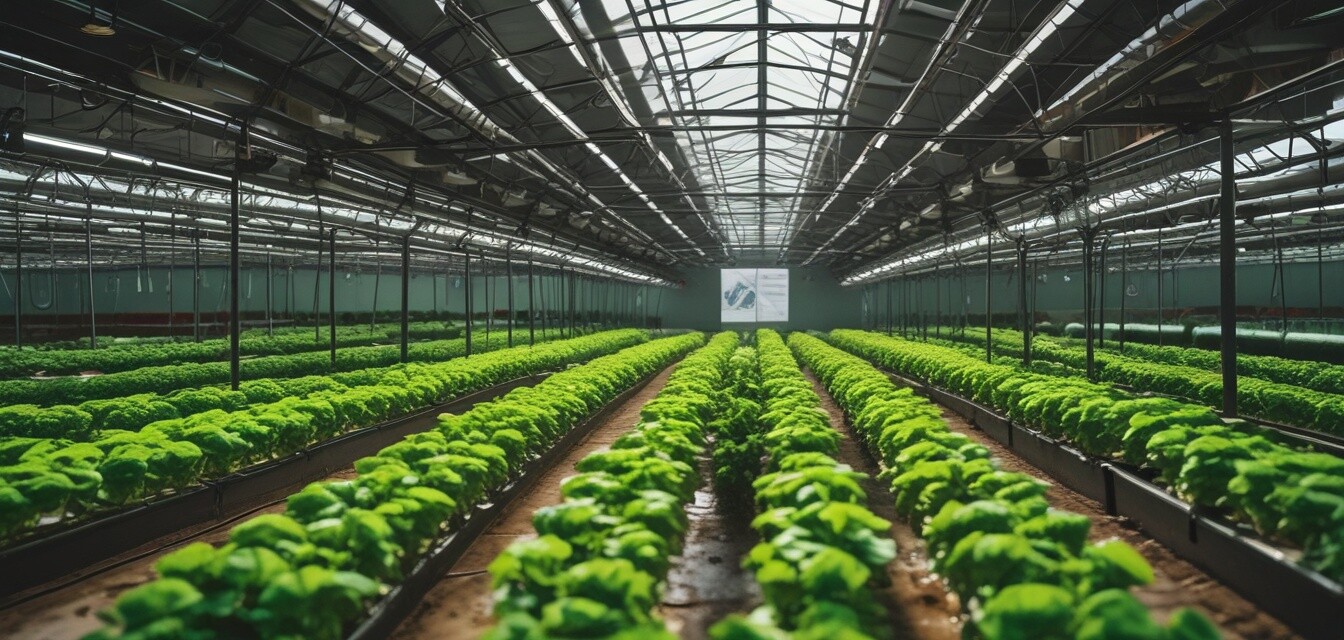
The Role of Hydroponics in Disaster Recovery
- Hydroponics can provide rapid food production in disaster-stricken areas.
- This method utilizes limited space and resources effectively.
- Sustainable practices in hydroponics contribute to resilient community rebuilding.
- Hydroponic systems can be implemented in various environments, including urban areas.
Natural disasters can devastate communities, disrupting food supplies and leaving many without access to fresh produce. Hydroponics offers a state-of-the-art solution that not only aids recovery but also creates sustainable food systems. This article explores how hydroponics plays a vital role in disaster recovery, highlighting its benefits and practical applications for communities in need.
Understanding Hydroponics
Hydroponics is a method of growing plants without soil, utilizing nutrient-rich water solutions instead. This innovative gardening technique allows for faster plant growth and higher yields compared to traditional gardening methods. It has become an attractive option for urban settings, where space is limited, and communities are seeking sustainable solutions for food production.
Benefits of Hydroponics in Disaster Scenarios
In disaster recovery, the advantages of hydroponic systems become particularly pronounced:
| Benefit | Description |
|---|---|
| Rapid food production | Hydroponics allows for year-round growing, ensuring a consistent food source. |
| Efficient use of resources | This method uses up to 90% less water than traditional soil agriculture. |
| Space optimization | Hydroponic systems can be set up vertically or in small spaces, making them ideal for urban environments. |
| Sustainability | Hydroponics often leads to lower environmental impacts and supports eco-friendly practices. |
How Hydroponics Supports Community Recovery
Rebuilding food systems is a crucial component of community recovery after a disaster. Here’s how hydroponics can assist in restoring food security:
- Emergency Deployments: Mobile hydroponic units can be rapidly deployed during disasters to provide immediate access to fresh food.
- Community Engagement: Implementing hydroponics encourages community involvement and education around sustainable practices.
- Local Food Production: Reduces dependency on external food supplies, leading to greater resilience in future crises.
Case Studies and Examples
Numerous communities have embraced hydroponics as a solution in the wake of natural disasters:
| Case Study | Location | Description |
|---|---|---|
| New Orleans | USA | Post-Hurricane Katrina, community gardens using hydroponic systems flourished, providing vital food sources. |
| Puerto Rico | USA | After Hurricane Maria, hydroponic efforts were established to help locals access fresh produce rapidly. |
| Philippines | Asia | Communities utilized hydroponics for food production after Typhoon Haiyan, reducing reliance on imports. |
Innovative Technologies in Hydroponics
New advancements are continuously being integrated into hydroponics that enhance its efficacy in crisis situations. Some notable technologies include:
- Automated Hydroponic Systems: These systems reduce labor and increase efficiency through real-time monitoring and management.
- Recirculating Nutrient Solutions: Technologies that reduce waste and optimize nutrient delivery directly to plants.
- Remote Monitoring Tools: Allow users to control and monitor hydroponic systems from afar, ideal for areas with limited access.
Challenges and Considerations
While hydroponics offers many benefits, it also presents challenges that must be addressed, including:
Pros
- Fast food growth and recovery.
- Less water usage than traditional methods.
- Flexibility of setup in various environments.
- Education and community involvement opportunities.
Cons
- Initial setup costs can be high.
- Requires knowledge of nutrient balances and plant needs.
- Power dependency for pumps and lighting.
Future of Hydroponics in Disaster Recovery
The future of hydroponics in disaster recovery settings looks promising. It is expected that more communities will adopt hydroponic technologies to bolster food security in the face of climate change and increasing natural disasters. Ongoing research and improvements in hydroponic systems will continue to enhance their viability in various contexts.
In conclusion, hydroponics offers significant potential in assisting communities during disaster recovery. By fostering sustainable practices, facilitating quick food production, and optimizing limited resources, hydroponics can play a crucial role in rebuilding resilient communities. For more insights into other aspects of hydroponic gardening, check our Buying Guides, explore the latest News and Trends, or dive into DIY Projects.

